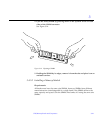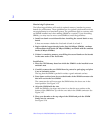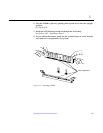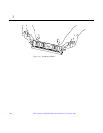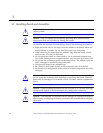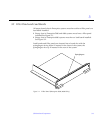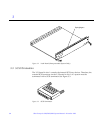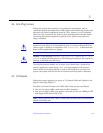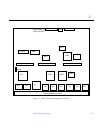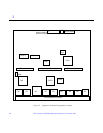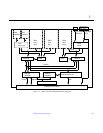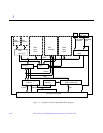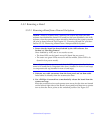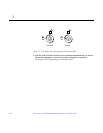
I/O Boards and Components 3-5
3
3.4 Hot-Plug Feature
Enterprise systems have extensive error detection mechanisms, and an
Automatic System Reconfiguration (ASR) feature that enables the system to be
rebooted with failed components (such as CPUs, memory, or I/O) disabled.
When an error is detected, the system can be reconfigured so that the board
containing the failed components is placed in low power mode and is no
longer accessible.
Caution – The peripheral power supply provides the precharge voltages
required for hot-plug. Do not attempt hot-plug of a system component if the
power supply is missing or inoperative. Use prtdiag(1M) to determine the
status of the peripheral power supply.
Caution – If the message: NOTICE: Hot Plug not supported in this
system is displayed during boot, do NOT attempt hot-plug in this system or
damage to the hardware will occur.
The hot-plug feature enables you to insert a new board into a powered on
system, despite the system being “live,” or being supplied with electrical
power. When the hot-plug feature is used to add a board to a powered on
system, the system will not use the new board until the system is rebooted.
3.5 I/O Boards
Enterprise systems support two types of I/O boards: SBus and Graphics. See
Figure 3-4 through Figure 3-7.
The SBus I/O board includes two SYSIO ASICs that provide two SBuses:
• One for two plug-in SBus cards and two fiber interfaces
• One for one plug-in SBus card and the on-board devices (10/100Mbyte TPE
and Single-ended Fast/Wide SCSI)
Note – SBus connector slots 1 and 2 on the SBus I/O board can accommodate a
double-wide SBus card.



